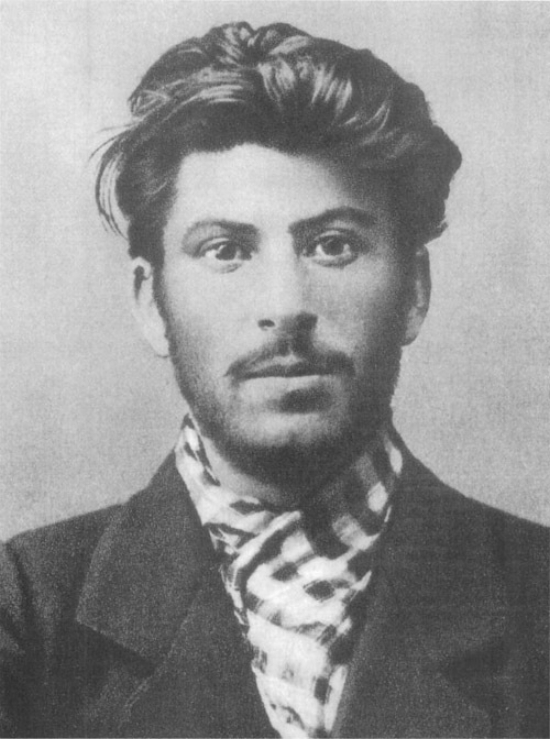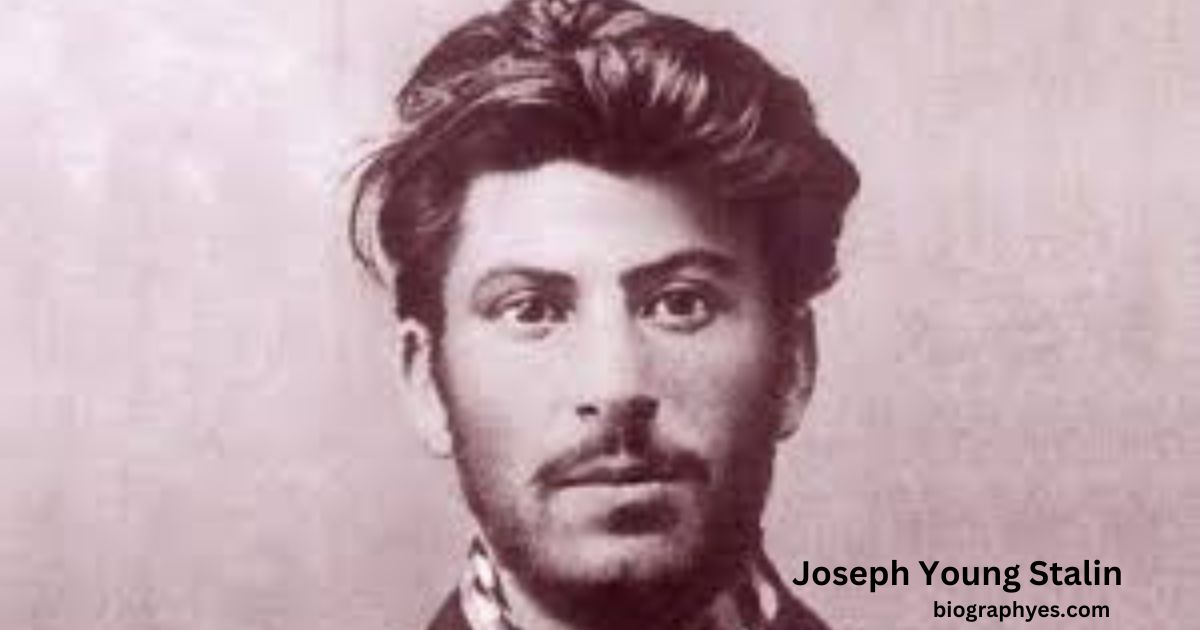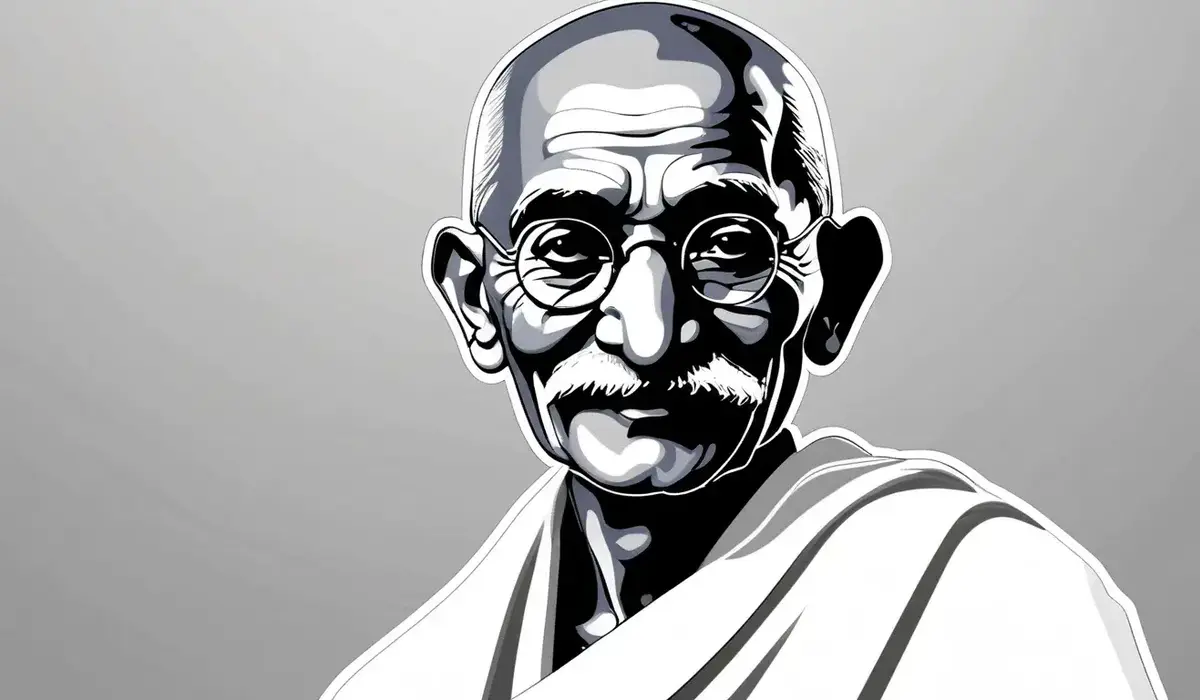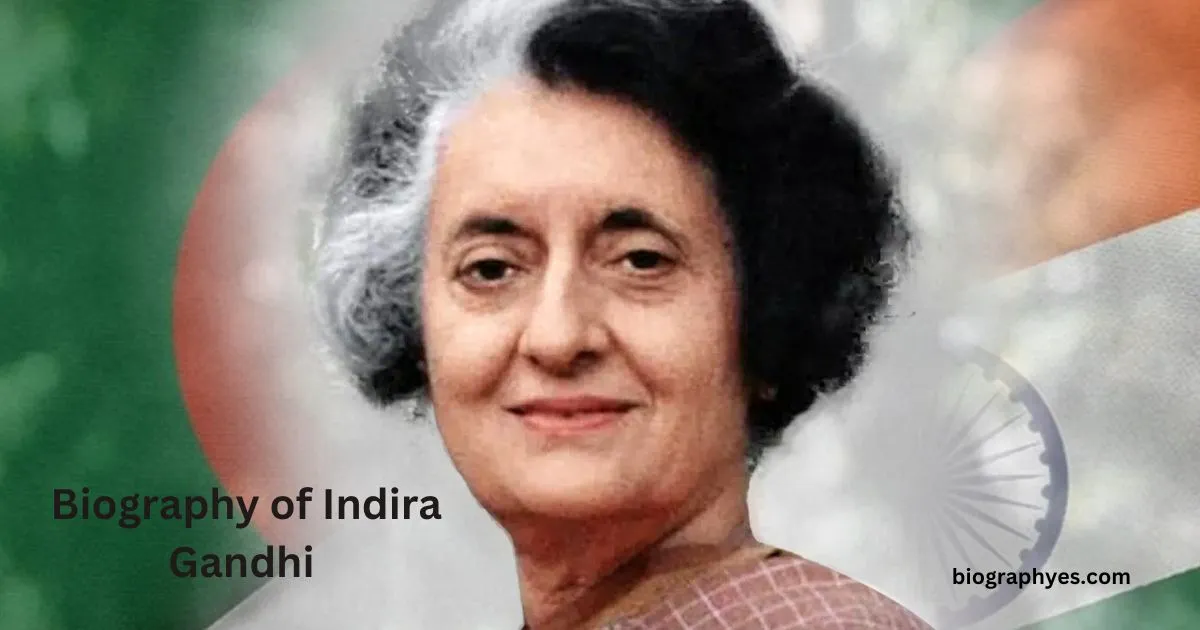Before he became one of the most infamous leaders of the 20th century, Joseph Stalin was just a young revolutionary in the making, often overshadowed by the more prominent figures of his time. His early life, marred by hardship and rebellion, fueled his drive towards radical change in Russia. The death of his father and a tumultuous relationship with his mother only deepened his resolve.
Born in Gori, Georgia, in 1878, Stalin’s early years were defined by rigorous and often brutal schooling. By the age of 15, he joined underground movements against the Romanov dynasty, exhibiting leadership qualities that caught the attention of senior revolutionaries. By 1912, he was elected to the Bolshevik Central Committee—setting in motion his path to power, albeit initially as a lesser-known comrade.
Joseph Stalin, born in 1878 as Ioseb Besarionis dze Jughashvili in Georgia, faced a harsh upbringing with an abusive father. He joined the Tiflis Seminary but was expelled for his revolutionary activities. His early political involvement and leadership in the Bolshevik Party laid the groundwork for his later rise to power.


Early Life of Joseph Stalin
Joseph Stalin was born on December 18, 1878, in Gori, Georgia. His birth name was Ioseb Besarionis dze Jughashvili. Life was hard for young Stalin as his father was a cobbler and an alcoholic. His mother, Ketevan, was a devout and strict Orthodox Christian. Financial hardship was a constant in his early years, shaping his resolve.
Stalin’s father often subjected him to physical abuse, creating a tumultuous family environment. At age seven, he caught smallpox, visible scars of which marked him for life. Despite these challenges, he excelled academically when he attended a church school. His success led him to Tiflis Seminary, where he started developing his revolutionary ideas. He eventually abandoned his studies to join the Marxist movement.
While at the Tiflis Seminary, Stalin began reading the works of Karl Marx and Vladimir Lenin. This exposure ignited his interest in politics and change. He soon joined a secret revolutionary society. He also frequently participated in strikes and protests. This marked the start of his deep commitment to the Bolshevik cause.
During his teenage years, Stalin often defied the oppressive rules of the seminary. His rebellious nature led to multiple altercations with the authorities. His views were shaped by witnessing the harsh treatment of workers and peasants. These experiences fueled his desire for political revolution. His early years were a mix of academic excellence and growing radicalization.
Childhood Experiences and Upbringing
Joseph Stalin’s childhood was filled with difficulties that shaped his future. Born in a small Georgian town, his family struggled with poverty. His father, Besarion, was a shoemaker who drank heavily and was abusive. These conditions left a lasting impact on young Stalin. His mother, Ketevan, worked hard to provide for the family but found it challenging.
Despite economic hardships, Ketevan was determined to give her son an education. She enrolled Stalin in a church school, hoping it would improve their situation. At school, young Stalin quickly stood out due to his intelligence. However, his smallpox scars made him a target for bullying. This experience taught him resilience and determination.
Stalin’s father left the family when he was still young. This abandonment intensified Stalin’s strained relationship with his mother. He was often alone and had to fend for himself. His solitary childhood contributed to his later stoic demeanor. Trust did not come easily to him, given his turbulent upbringing.
As a child, Stalin found solace in books and stories of heroes. He admired tales of rebellion and resistance. These stories sparked his interest in revolutionary ideas. While other kids played, Stalin was often engrossed in reading. Literature became an escape and a source of inspiration for him.
Stalin’s Entrance into Politics
Stalin’s entrance into politics began during his time at the Tiflis Seminary. He was exposed to revolutionary ideas while reading banned literature. Fascinated by Marxism, Stalin joined an underground group advocating for workers’ rights. His involvement in these activities led to his expulsion from the seminary. This marked his full-time commitment to the revolutionary cause.
After leaving the seminary, Stalin became more actively involved in political organizing. He dedicated himself to the cause of the Bolsheviks, a faction led by Vladimir Lenin. By participating in strikes and protests, Stalin drew attention from both supporters and police. He was arrested multiple times and even exiled to Siberia. These hardships only strengthened his resolve.
Stalin’s strategic thinking and ability to incite passion made him a valuable asset. He took on various roles within the Bolshevik Party. Often, he acted as a liaison between different regions and the central leadership. This experience gave him a deep understanding of Russia’s vast and diverse population. It also allowed him to build a network of loyal supporters.
The decisive moment in Stalin’s early political career came during the 1917 Revolution. He played a key role in organizing plans to overthrow the Romanov dynasty. As the Bolsheviks gained power, Stalin’s position within the party solidified. By 1912, he had been elected to the Bolshevik Central Committee. This milestone marked his ascent in Russian politics.
Stumbling Blocks and Ascension to Power
Joseph Stalin faced numerous challenges on his path to power. After joining the Bolshevik Party, he was frequently arrested and exiled by the tsarist regime. His time in Siberia was harsh, with limited food or shelter. Despite this, Stalin continued to organize and rally support. His resilience impressed higher-ups in the party.
Stalin’s rise was not without internal party conflicts. He often clashed with other members over strategy and ideology. These disagreements posed significant roadblocks. However, Stalin’s ability to build alliances within the party proved invaluable. His network of loyal followers helped him navigate these turbulent times.
During the Russian Civil War, Stalin held key military and administrative roles. He organized supplies and coordinated troop movements on several fronts. His pragmatism and ruthlessness became evident. Though criticized for his harsh methods, he got results. This further elevated his status within the party.
With Lenin’s health declining, a power struggle emerged among top Bolshevik leaders. Stalin outmaneuvered rivals like Leon Trotsky through strategic appointments and behind-the-scenes deals. He used his role as General Secretary to consolidate power, appointing loyalists to key positions. This strategy paid off, securing his dominance.
Stalin’s eventual takeover was marked by political cunning and decisive action. He implemented policies that eliminated his political opponents, often through brutal means. Once in power, he introduced significant changes in the party’s direction and policies. His leadership style was marked by an iron fist. This established him as an unchallenged leader.
The obstacles Stalin overcame shaped his authoritarian leadership style. His early experiences of hardship and conflict influenced his approach to governance. By overcoming both external and internal challenges, he cemented his position at the top. His journey was a testament to his tenacity and strategic acumen.
Stalin’s Leadership Style and its Impact
Stalin’s leadership style was marked by total control and ruthlessness. He centralized power, making himself indispensable to the state machinery. This method ensured that all decisions flowed directly from his office. Fear and intimidation were tools he frequently used. These actions created a culture of obedience and fear.
Under Stalin’s rule, the Soviet Union saw rapid industrialization. He introduced Five-Year Plans to boost economic growth. These plans involved massive state-led projects and collective farming, which drastically changed the Soviet landscape. While these efforts increased industrial output, they came at great human cost. Millions perished due to forced labor and poor working conditions.
To maintain control, Stalin employed widespread purges. He targeted anyone deemed a threat, including military leaders and party members. The Great Purge in the 1930s is a stark example. Thousands were executed or sent to labor camps. This eliminated dissent but also created a climate of paranoia.
Stalin’s policies also had a significant impact on World War II. His decision-making was crucial in the eventual Soviet victory over Nazi Germany. He mobilized the entire nation for the war effort. Despite initial setbacks, the Soviet Union emerged as a superpower post-war. This cemented Stalin’s reputation as a formidable leader.
His leadership extended to shaping Soviet culture and education. Stalin promoted socialist realism in arts and censored opposing viewpoints. Schools and media were used to glorify his rule and policies. This propaganda helped unify the nation under a common ideology. It also ensured that future generations would view him favorably.
However, Stalin’s impact wasn’t purely positive. His reign left deep scars on Soviet society. The brutality of his rule is still remembered today. His policies caused immense suffering and loss. These actions have forever shaped how he is viewed in history.
Young Stalin’s Legacy and Influence
Young Stalin’s legacy and influence are felt even today. His early years in the revolutionary movement laid the groundwork for his future rule. By organizing protests and strikes, he demonstrated leadership qualities early on. These experiences shaped his approach to governance. They also earned him loyal followers who supported his rise to power.
One key aspect of Stalin’s legacy is his contribution to Soviet industrial growth. The rapid transformation of the Soviet economy began under his leadership. This move helped the USSR become a major world power. Though his methods were harsh, the industrial base he built remained a cornerstone for decades. His vision fundamentally changed the Soviet Union.
Stalin’s influence extended to the political landscape, both domestically and internationally. His policies created a superpower rival to the Western world. Several nations followed the Soviet model, aiming to replicate its perceived successes. His ideas on socialism and governance spread beyond Soviet borders. This led to the establishment of various socialist and communist states worldwide.
Young Stalin’s impact can also be seen in cultural and educational spheres. He promoted a unified national ideology through propaganda and education. Future generations were taught to view him as a hero. This created a lasting impression, even after his death. His legacy has been scrutinized and revisited numerous times, reflecting its enduring relevance.
However, Stalin’s legacy is complex and controversial. While some view him as a builder of modern Russia, others highlight the human cost of his policies. His rule is responsible for immense suffering due to purges, famines, and forced labor. These dark aspects of his legacy cannot be overlooked. They serve as cautionary tales about unchecked power and authoritarianism.
Stalin’s early life and political career offer valuable lessons in leadership, both positive and negative. His determination, strategic thinking, and ability to mobilize people were remarkable. Yet, his methods and the outcomes also raise significant ethical questions. His legacy continues to be a subject of extensive study and debate.
Frequently Asked Questions
Discover insights about Joseph Stalin’s early life and his path to power. Gain a deeper understanding of the factors that influenced his rise and form his legacy.
1. What were the main challenges young Stalin faced?
Joseph Stalin encountered numerous hardships, including an abusive father and extreme poverty. His difficult childhood experiences profoundly shaped his personality and future ambitions.
Stalin also struggled with smallpox, leaving him scarred and subject to bullying. Despite these difficulties, he excelled academically and later joined revolutionary movements.
2. How did education influence Stalin’s early life?
Education played a crucial role in shaping Stalin’s thought process and political ideology. He attended a church school where he stood out as an excellent student despite financial hardships.
His time at Tiflis Seminary exposed him to Marxist literature, sparking his interest in revolutionary activities. These experiences laid the groundwork for his political career.
3. What led to Stalin’s expulsion from Tiflis Seminary?
Stalin was expelled from Tiflis Seminary due to his involvement in underground revolutionary activities. He frequently read forbidden texts promoting Marxist ideas, which ultimately led to clashes with seminary authorities.
This expulsion marked a turning point in his life as he fully committed himself to the Bolshevik cause. His defiance against authority began here, shaping his future methods of governance.
4. How did Stalin contribute during the Russian Revolution?
During the Russian Revolution, Stalin played pivotal roles in organizing plans for overthrowing the Romanov dynasty. He coordinated strikes and mobilized workers, contributing significantly to the revolutionary efforts.
His actions during this period established him as a key player within the Bolshevik Party. They helped solidify alliances that would be crucial throughout his journey to power.
5. What was unique about Stalin’s leadership style?
Stalin’s leadership style was characterized by absolute control and ruthless decision-making. He centralized authority under himself through fear tactics like widespread purges against perceived enemies within the party.
This approach galvanized industrial growth but also resulted in severe human suffering due to forced labor camps and executions—establishing both an impactful yet controversial legacy.
Conclusion
Joseph Stalin’s early life and political journey reveal a complex character shaped by adversity and ambition. His rise to power was marked by strategic cunning and ruthless tactics. These traits left a lasting impact on Soviet history and global politics.
Stalin’s legacy is a blend of industrial achievements and severe repression. His leadership style continues to be analyzed and debated by historians and experts. Understanding his transformative role provides valuable insights into the dynamics of power and governance.
Read More Biography Click On Here :


